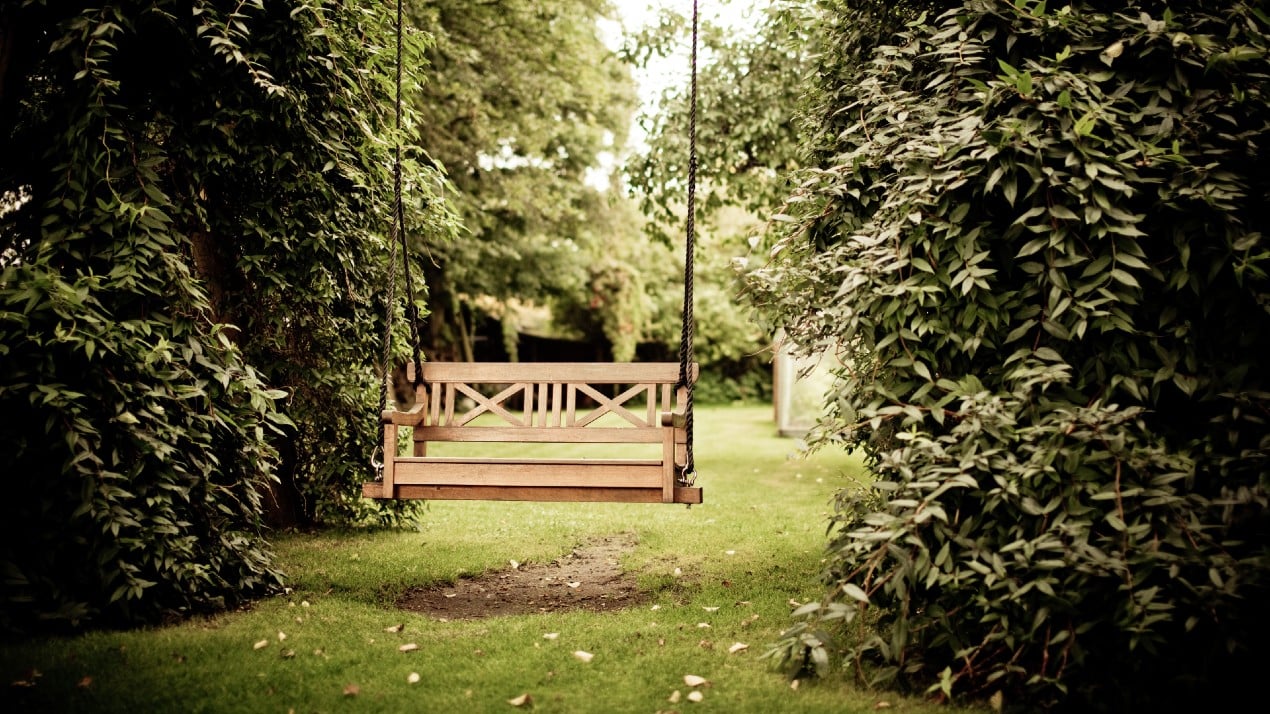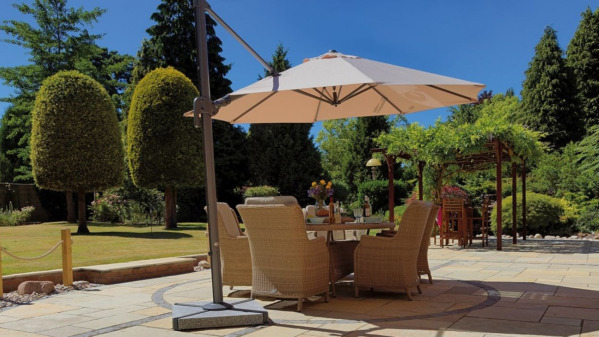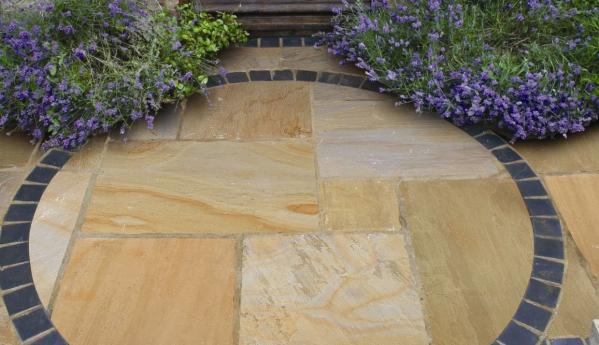There’s no better place to relax than your own garden. We take it for granted that certain things help us to feel at peace, but research in recent years has shone a light on what calms us and why.
A space of any size can be turned into a tranquil paradise with just a few careful tweaks and attention to sound, scent and sight. We can apply these principles to our gardens and reap the rewards throughout the year.
The sounds of nature are relaxing
Sound is perhaps the most important ingredient for a tranquil garden. When you sit back on a summer’s day and close your eyes, it’s the sounds you hear that will help you relax.
Researchers at the Brighton and Sussex Medical School found that nature sounds, specifically, help us to relax and are particularly effective at calming us when we’re feeling stressed. Listening to natural sounds like birdsong, running and water and rustling leaves directs the brain’s attention outwards, while artificial sounds like the roar of an engine focus attention inwards, which is a characteristic of states of anxiety and depression.
There is also a connection between pink noise and sleep. Pink noise is a type of audio signal that contains more deep noises, and encompasses natural sounds like rainfall, rustling leaves and wind. Listening to pink noise can help you sleep, which makes it the perfect accompaniment to a relaxing evening in the garden!
Attract birds with feeders and trees
Birdsong and the rustle of wings in the branches are calming sounds that we can easily bring into our gardens. Simply hang a feeder from a branch or stand, and wait for birds to come to you. On dry summer days, go one step further by leaving out a tray or dish filled with water for birds to use to get a drink.
If you have space and want to encourage more permanent residents to your garden the RSPB has published a list of the best trees for birds and other wildlife, along with detailed information on the best conditions for them and how to maintain them.
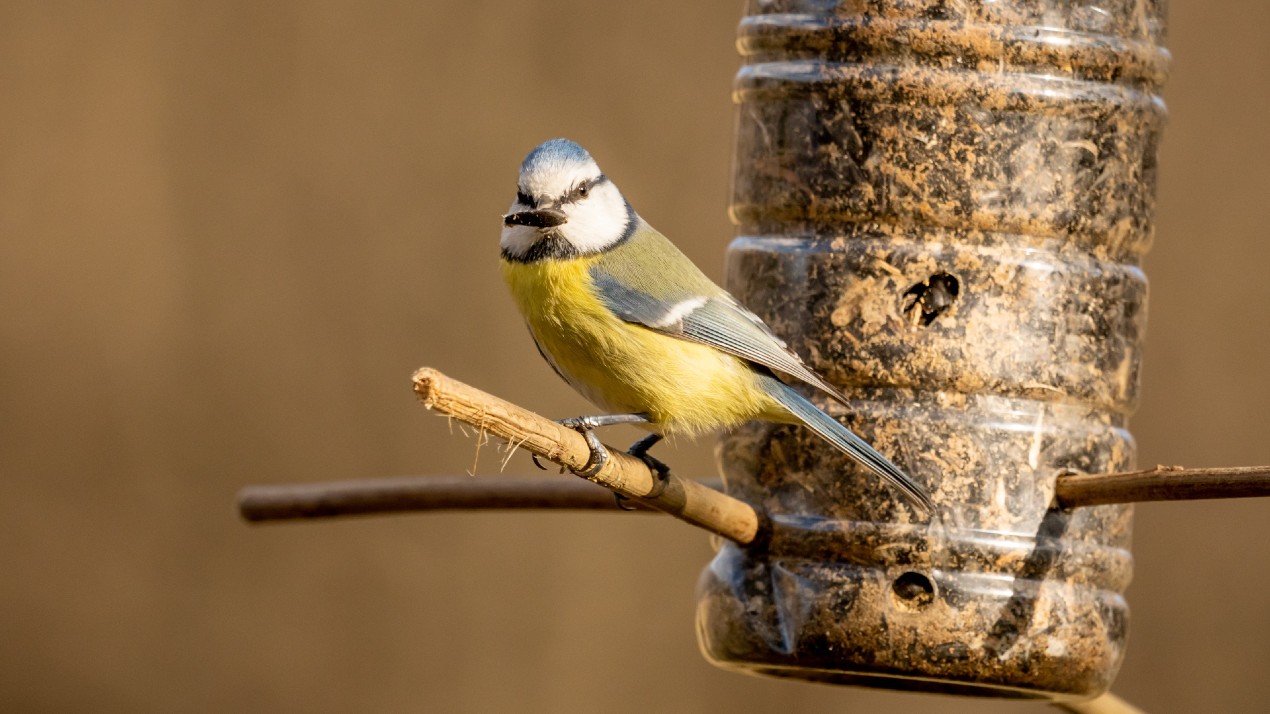
Plant trees or shrubs to fill your garden with rustling leaves
Along with benefits for wildlife and the environment, trees bring with them the calming sound of leaves rustling in the wind. Even if you don’t have the space to plant a tree, leafy shrubs will have the same effect.
To maximise the sound of your trees, look for deciduous species rather than evergreen. Many evergreen trees have needles or smaller leaves that won’t make as much sound, whereas deciduous trees will rustle calmingly from spring to autumn.
When choosing trees, you’ll also want to pay attention to your other senses, as a new tree could really change the look and scent of your garden.
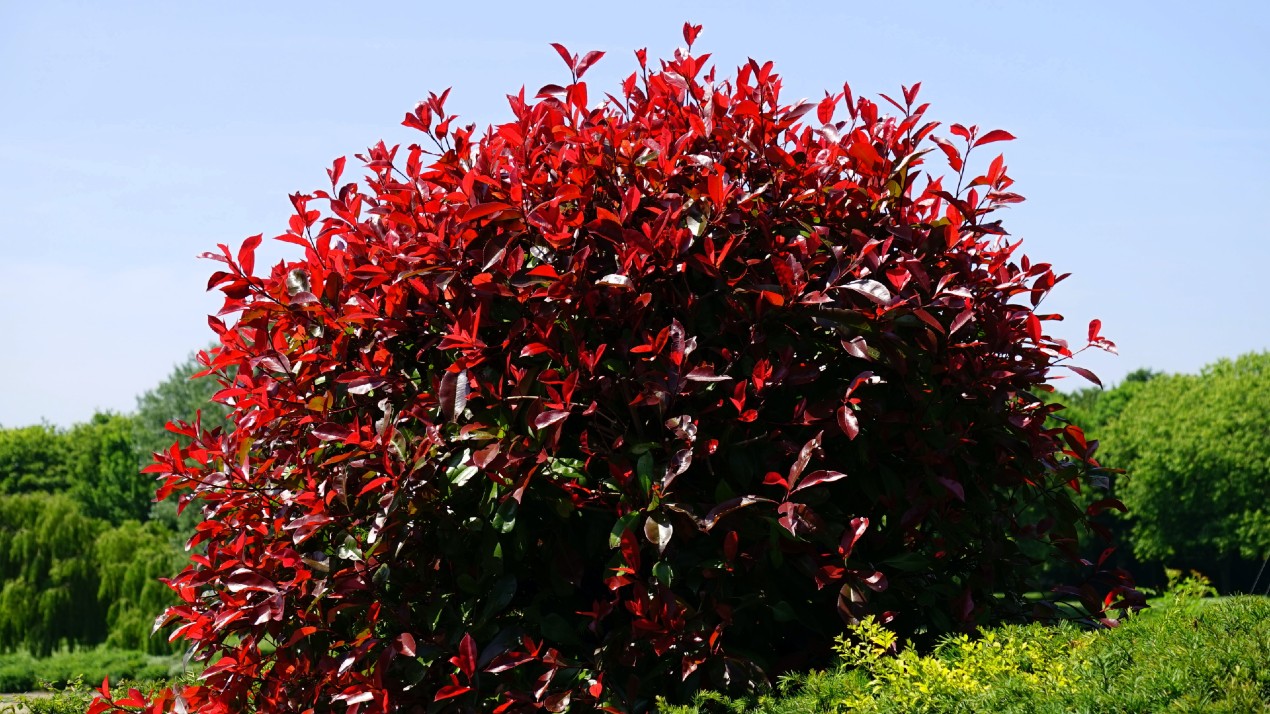
Lower the volume of artificial noise
Planting trees and hedges around the edge of your garden not only increases the natural noise from wildlife and wind in the leaves, it also helps to create natural insulation against noise coming into your garden from outside.
The more different types of insulation you can fit in, the better. Trees and hedges are one piece of the puzzle, but you can also look at raising higher walls and fences, or adding a trellis to an existing structure in your garden. By putting some thought into what you’re putting where, you can reduce noise pollution and improve the visual aesthetics of your garden.
Install a running water feature for extra tranquillity
The sight and sound of running water is a central feature in the best examples of tranquil gardens. It is a central component of idyllic Japanese gardens, while 2021’s RHS Chelsea Flower Show Best Sanctuary Garden – awarded to tranquil, sheltered designs – featured a small waterfall and pond at its centre.
We can’t all install waterfalls, but garden water features are surprisingly varied and accessible. Small fountains, water bowls and ponds will all bring the calming sound of gently running water to your garden. Remember that water can often have interesting effect on natural stone, as well, bringing out the ambers and reds of sandstone or darkening the greys and golden-yellows of limestone.
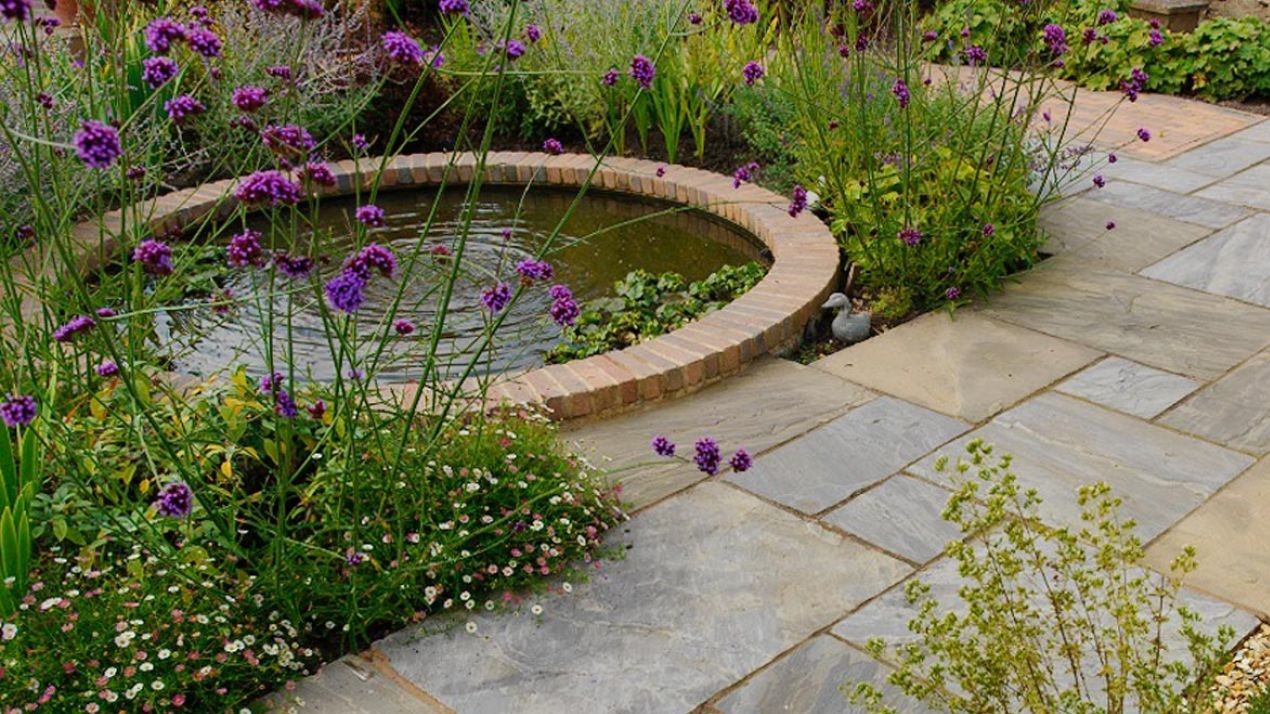
Fill your garden with calming scents
Scent is a powerful vehicle for mood and memory, and a vital – but easily overlooked – component in tranquil gardens. The brain’s olfactory (smell) centre interacts directly with the hippocampus, which deals with memory formation.
This means that smells can easily become associated with pleasant memories and good habits. One psychologist even suggested that pairing an aroma with meditation could lead to the smell later triggering calm sensations on its own.
By the same token, if you can fill your garden with pleasant, distinctive scents and spend a few relaxing days outside, those scents are likely to make it even easier to relax in the future.
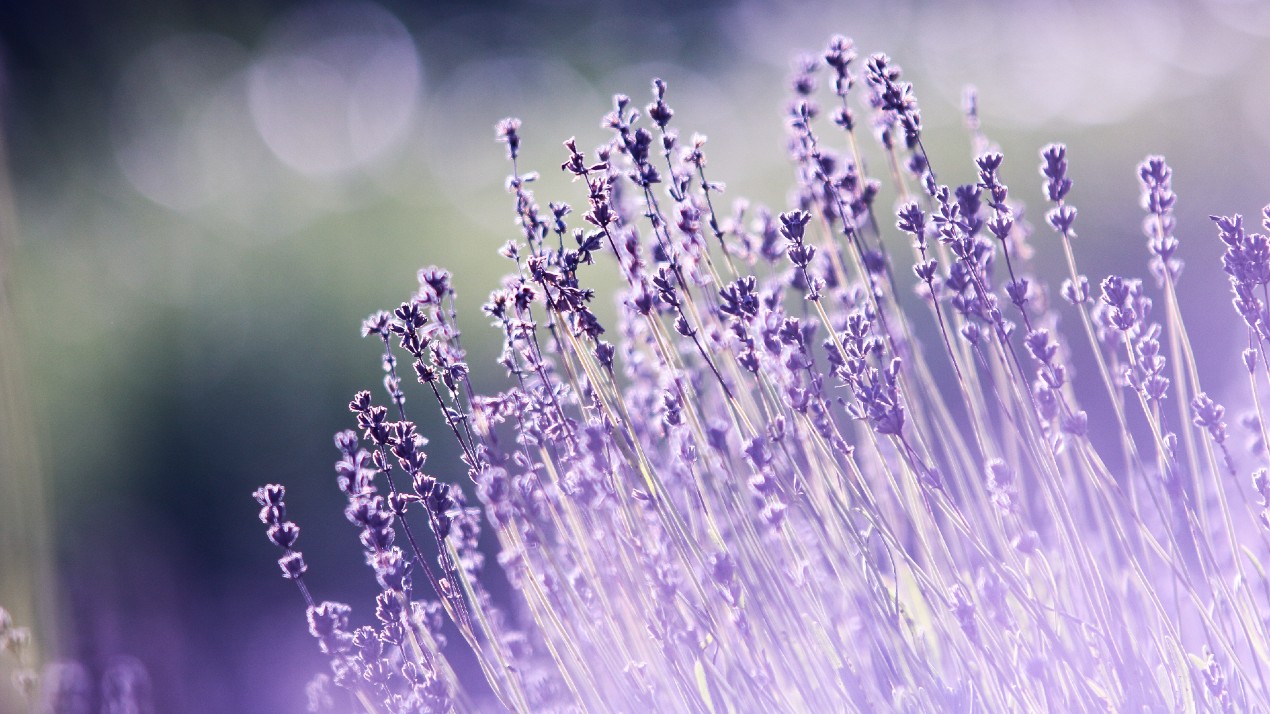
Choose scents that bring back happy memories
If there are particular natural scents that you associate with happy memories, that’s a good place to start when making a relaxing garden.
Perhaps there’s a scent that calls to mind happy memories in your childhood garden, or something that reminds you of a favourite holiday. Whatever the link, if you can plant those flowers in your garden, your outdoor space will actively help you relive those simple joys.
Pick out popular mood-enhancing plants
While any scent could be associated with a happy memory, some plants have built up a great reputation for their pleasant, relaxing fragrances. Lavender and lilac are commonly mentioned, while roses have long been linked with a calming influence.
Growing your favourite herbs is also a good idea, which comes with the added benefit of a supply of homegrown ingredients for your cooking. Many herbs have a distinctive scent, and their ties to food no doubt help their positive associations!
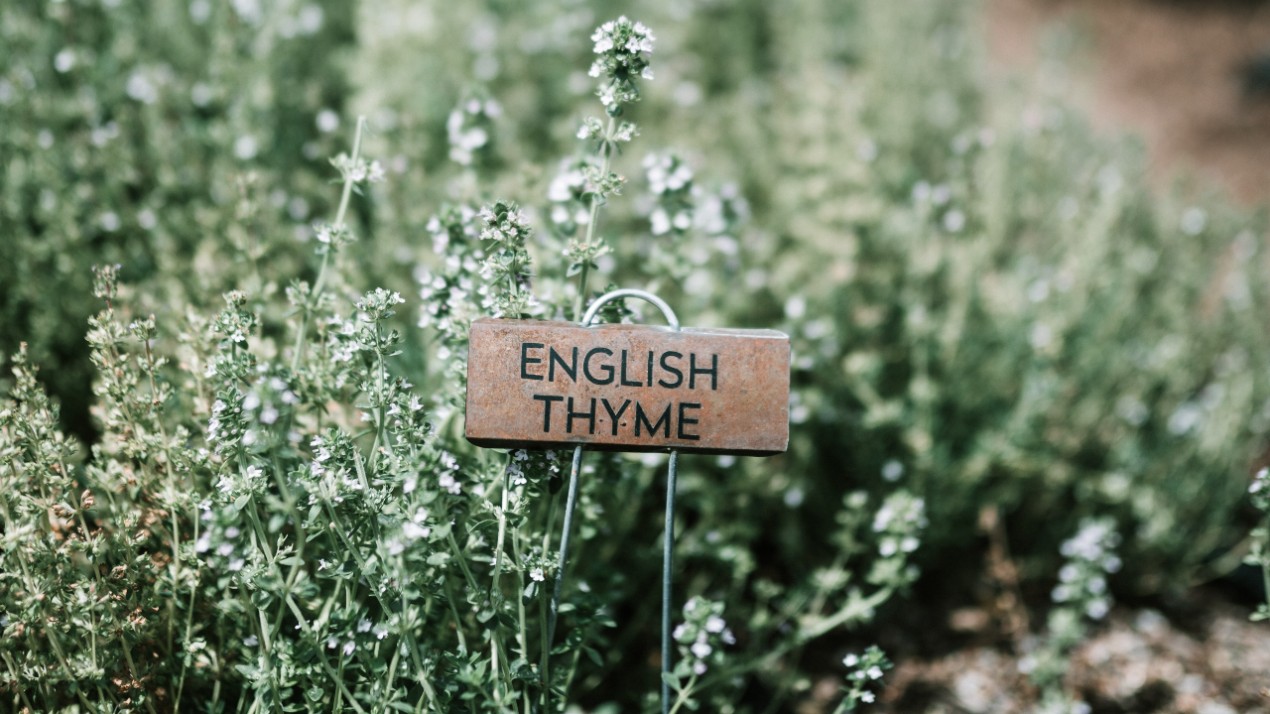
Set yourself up to enjoy the view
The simple act of looking at natural scenes helps humans to relax. Studies have shown that the impact that viewing natural scenes has compared to urban scenes, with as little as one plant being enough to produce positive results in otherwise bare rooms.
Our gardens will likely have more than just the one plant, so we can all be encouraged that just a little bit of thought into how we set our gardens out can have a transformative impact on their ability to help us feel at ease.
Arrange your garden furniture in a warm spot that lets you look out
If you put time into making your garden look as nice as possible – and remember, gardening itself is a relaxing activity! – then you’ll want to be able to enjoy the fruits of your labour as much as possible.
When planning your garden, consider the position of your patio and the view you’re likely to get from your furniture. This will help you to focus your efforts in the parts of your garden that will be seen the most when you’re outside relaxing.
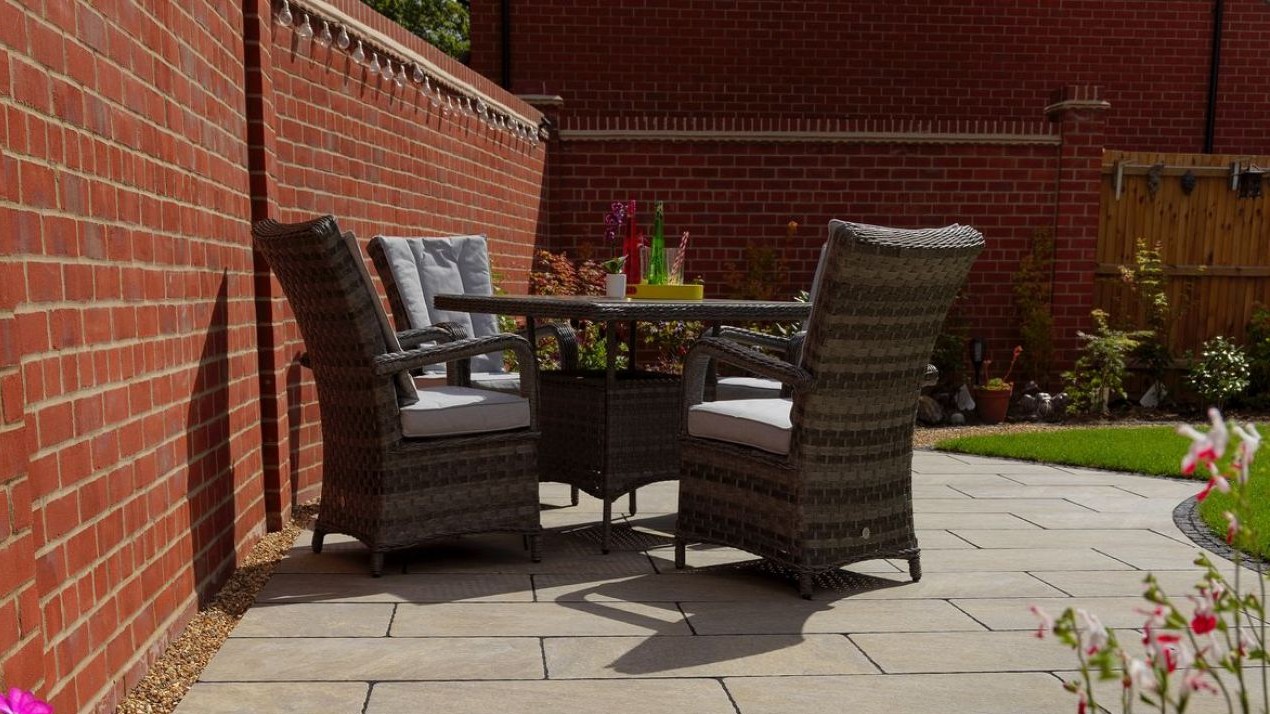
You may also want to consider the placement of your patio and arrangement of the furniture itself to make sure that sitting outside is as rewarding and relaxing as you want it to be. Consider where the sun falls in your garden around the year, and try to position your furniture so that it makes the most of both the position of the sun and the view across the garden. Install warm, inviting paving slabs like Indian sandstone to add a little extra sunshine to the area.
Consider the view from your windows
When planning your tranquil garden, take the time to look out at the space from commonly used positions around the house, such as standing at your kitchen counter, sitting at your table, or relaxing on the sofa. Take note of which parts of the garden you can see and how long you spend in each place during an average week, so that you can spend the most time and effort on the parts of your garden that you’ll be able to see the most from around the house.
When making the most of your garden’s appearance, it’s not just the view from the patio that you should consider. As much as we might wish otherwise, we can’t be outside 365 days a year, so the view from our windows is just as important as the view from the garden furniture.
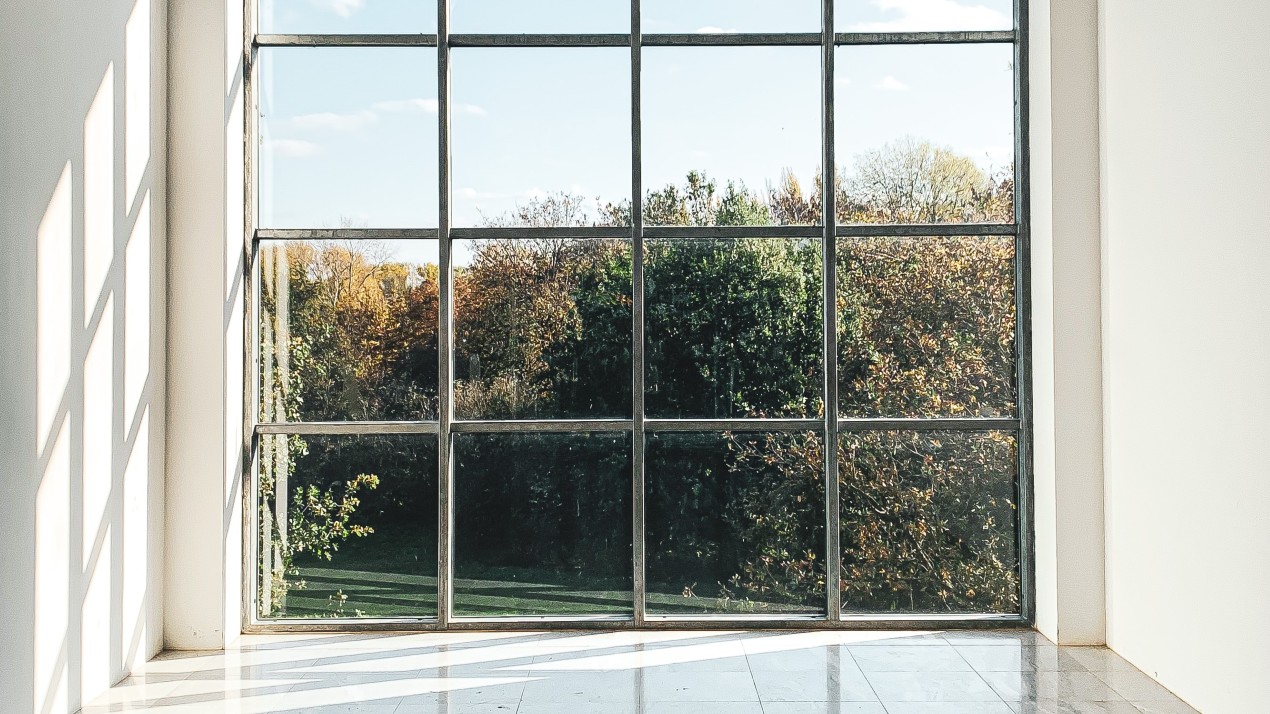
Use a fire to keep tranquility flowing at night
Speaking to the Scotsman, psychologist Dr Christopher Lynn described how powerful the relaxing effects of fire can be. He suggested that even viewing a DVD of fire led to decreases in blood pressure and tapped into a primeval sense of relaxation.
The light, warmth and soothing crackle of an open fire have lost none of their appeal in modern times, and it remains the best way to relax in your garden long into the evening, and to make the most of your space in colder months.
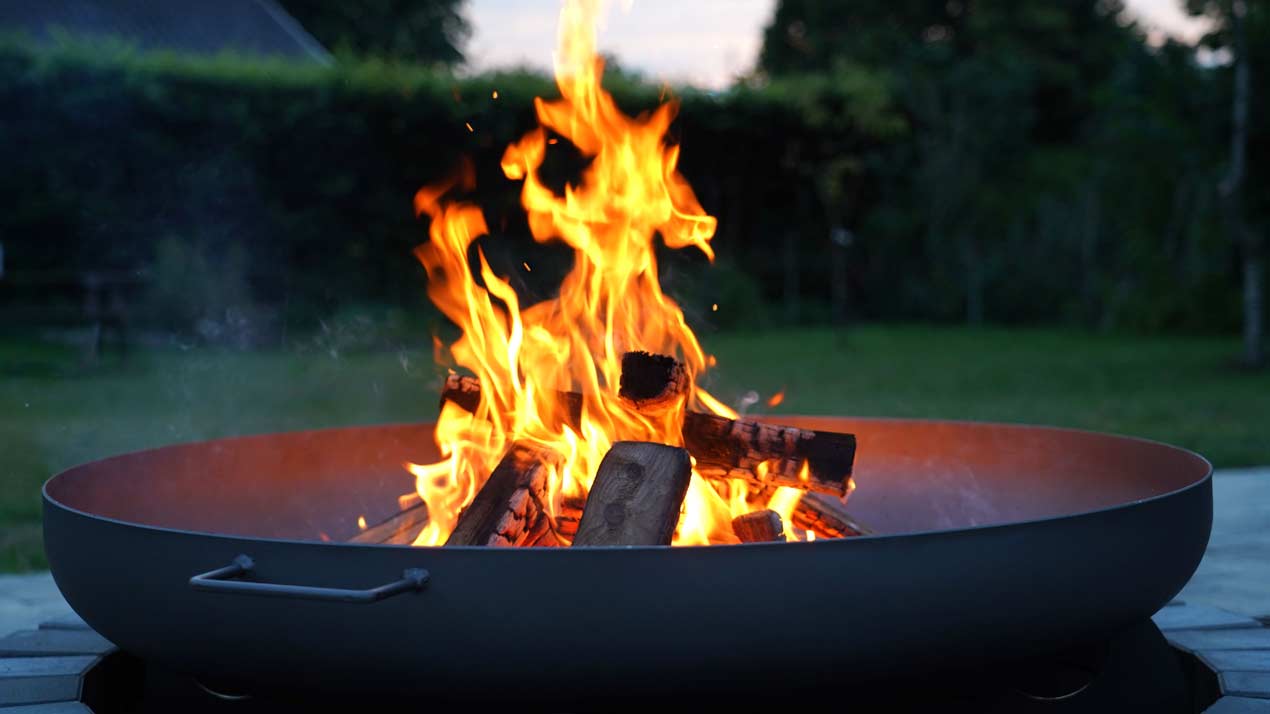
There are a number of different ways you can bring fire safely into your garden to benefit from its calming effects, including firepits, braziers and full outdoor fireplaces. Whatever you choose, maximise your enjoyment of it by making sure that your furniture can be drawn around the flames, and that there’s space on your patio for everyone to stare into the calming glow and feel its warmth.

